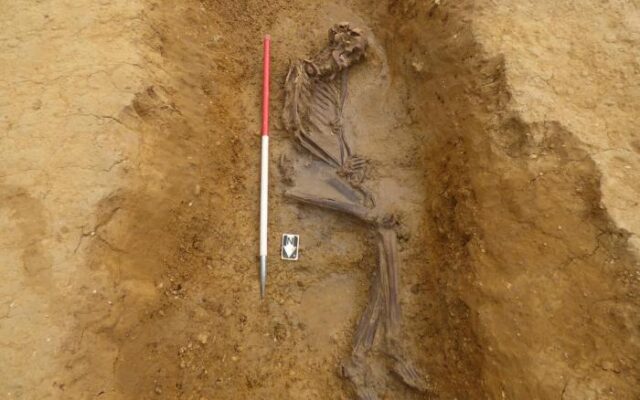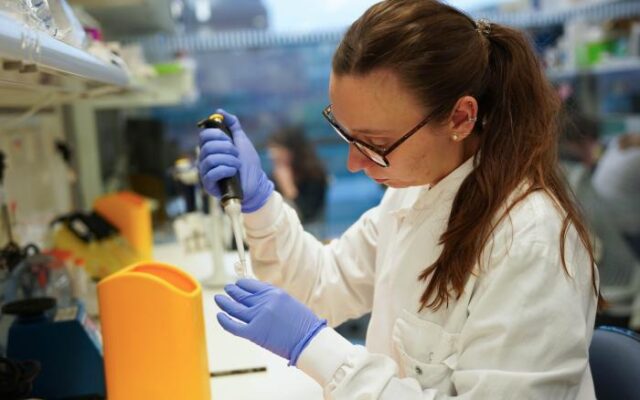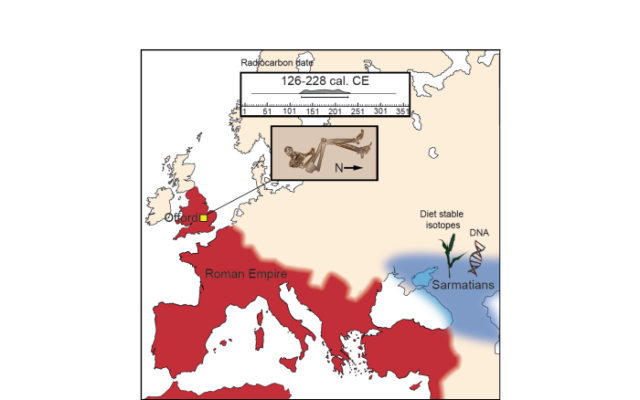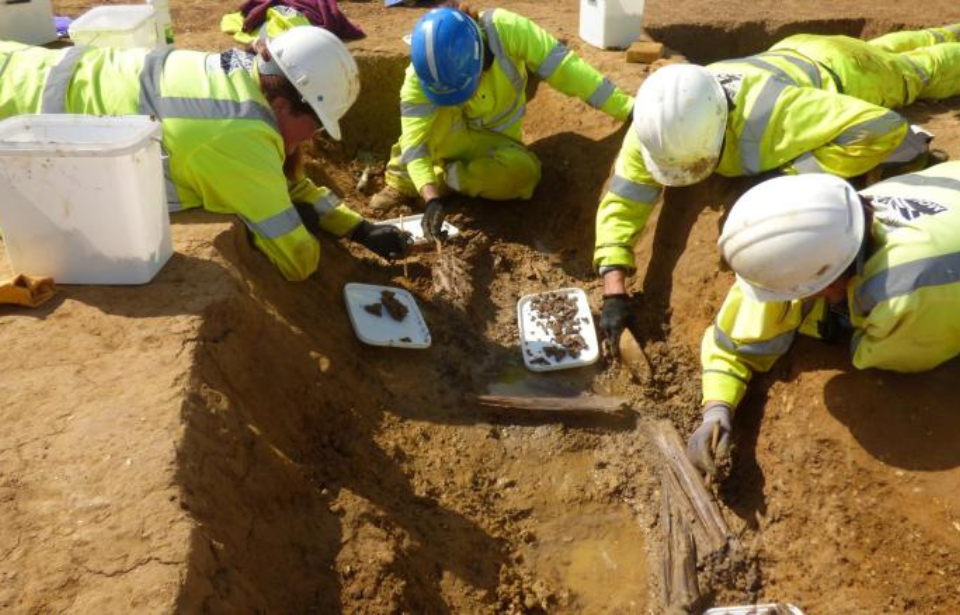DNA analysis has revealed the truth behind how the remains of a young man born 2,000 years ago near present-day southern Russia were found in the English countryside. By employing various techniques, scientists were able to retrace the steps he took to travel from one end of the Roman Empire to the other.
Finding the skeleton

In 2017, MOLA Headland Infrastructure was doing excavations during a project to improve the A14 road between Cambridge and Huntingdon. While digging near the village of Offord Cluny in Cambridgeshire, they discovered the complete skeletal remains of a man. He was found in a trackway ditch, buried alone and with no other personal possessions around.
They named him Offord Cluny 203645, and while the remains were considerably well-preserved, the archaeologists believed they had simply come across the unremarkable discovery of a local man. However, after extracting a fossilized bone sample, the true origin of the man was revealed.
DNA testing revealed his origin

After removing a small bone from the inner ear, which proved to be the best-preserved part of the man’s remains, scientists of the Ancient Genomics Laboratory at the Francis Crick Institute conducted a DNA analysis to determine his age and origin. Dr. Marina Silva, a postdoctoral fellow there, explained how “this is not like testing the DNA of someone who is alive. The DNA is very fragmented and damaged. However, we were able to (decode) enough of it.”
“The first thing we saw was that genetically he was very different to the other Romano-British individuals studied so far,” she said. The DNA analysis not only determined that he was buried sometime between 126 and 228 AD, but that he actually originated from the furthest reaches of the Roman Empire. It was revealed that he was a Samaritan, an Iranian-speaking people renowned for their horse-riding skills that were found in present-day southern Russia, Armenia, and Ukraine.
The importance of his teeth

To try and get some more information about the remains, an archaeology team from Durham University took the fossilized teeth of the man to try and determine how he ended up on the other side of the Roman Empire. Teeth can show how one’s diet changed over several years through the chemicals that surround each layer. By tracing what he ate, scientists can determine how old he was when he arrived.
They discovered that up until the age of six, he had a consistent diet of millets and sorghum grains (scientifically known as C4 crops) that are common and plentiful in regions where Sarmatians were known to have lived. Following this, the man’s diet changed from less and less of these crops to more wheat, common in Western Europe. Professor Janet Montgomery concluded that “the (analysis) tells us that he, and not his ancestors, made the journey to Britain. As he grew up, he migrated west, and these plants disappeared from his diet.”
So how did he get there?

Around the time he lived, the Roman Empire defeated a Sarmatian army on their northeastern border, absorbing their cavalry into their legions. It was recorded that at around this time, Marcus Aurelius had about 5,500 Sarmatians sent to Britain to be posted there.
More from us: 5,000-Year-Old Tavern, Beer Recipe, and Brewery Discovered in Iraq
Considering that the research discovered that his diet changed when he was only six years old, it is unlikely that he was moved as a soldier who served as part of the Sarmatian cavalry. Instead, it suggests that he was just a child when he moved. As such, it also suggests that he was a cavalryman’s son or perhaps his slave.
